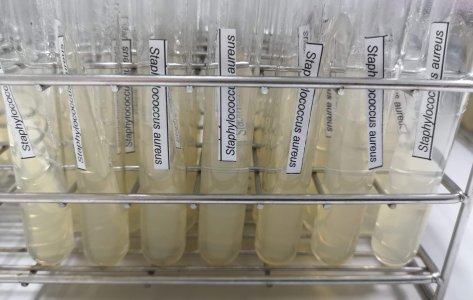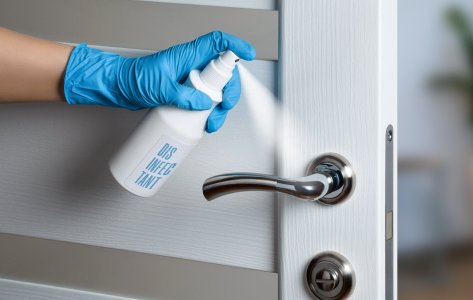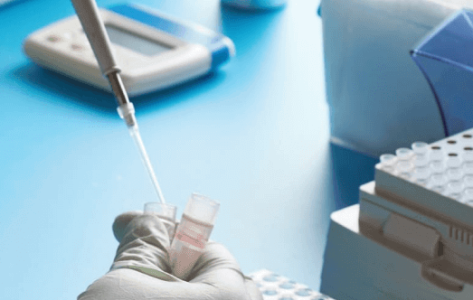- Swiss testing laboratory
AOAC 965.13
Evaluation of Disinfectants for Swimming Pools

Hassle-free testing experience
Need to get a product tested? No worries! To and fro logistics are on us; we collect your products, test them and, deliver them back to you.
Related tests for you
Quick understanding of the test
AOAC 965.13 - Evaluation of Disinfectants for Swimming Pools
AOAC 965.13 is a standardized test method for evaluating the effectiveness of disinfectants used in swimming pools
Application
- Escherichia coli
- Enterococcus faecium
- In presumptive testing, E. coli and E. faecium are tested against the product and compared to a sodium hypochlorite control. The lowest product concentration matching the control’s efficacy is determined as the effective disinfection concentration.
- In confirmatory field testing, efficacy of the product is evaluated in real-world usage conditions
- Ensures swimming pool disinfectants effectively eliminate pathogens, enhancing public safety.
- Validates product performance under both controlled and real-world conditions for regulatory approval.
Turnaround Time
It typically takes 3-4 weeks.
Do you have a product that needs testing?
Abstract
AOAC 965.13 is a standard test method recommended by EPA to validate the efficacy of test products in disinfecting swimming pools.
The efficacy of products can be influenced by various factors including poor water maintenance, swimminers load and their contribution to water contaminants such as sweat, urine, and personal care products.
AOAC 965.13 aims to validate the effectiveness of disinfectant products for swimming pools, which in turn assist manufacturers to maximize efficiency of their products. This can be achieved by conducting both presumptive laboratory testing and confirmatory field testing.
AOAC 965.13 Test Method
Presumptive laboratory testing
Presumptive laboratory test determines the lowest concentration of the test product that is effective for disinfection of swimming pool water.
Procedure
- E. coli and E. faecium are used as test microorganisms.
- The test product is challenged with E. coli and E. faecium. In parallel, a control test is run wherein sodium hypochlorite control solution is exposed to test microbes.
- After a specific time interval, the number of surviving organisms are determined from both test sample and control.
- Test product concentration that yields results equivalent to the sodium hypochlorite control solution is considered the lowest effective concentration for disinfection.
Confirmatory field testing
In confirmatory field testing, efficacy of sample product is tested under real world conditions of product usages i.e swimming pools/spa. During the test, water samples are taken from pools where water has been treated with the product. Field tests are required to be conducted for a minimum duration of 3 months to gather comprehensive data. The efficacy data must meet the requirements and approval of the regulatory authorities responsible for product registration.
Importance of AOAC 965.13 Test
Swimming pool water provides a favorable environment for the growth of pathogens which increases the potential for transmission of infections. To address the concern, special disinfectant products are formulated that are capable of eliminating the microbes that flourish in such man made water settings.
However, swimming pool water disinfectants are subjected to efficacy testing to ensure their reliability and microbicidal potential before their market release. AOAC 965.13 method is a widely recognized and accepted standard for evaluating the effectiveness of products used for disinfection of swimming pool water.
Conclusion
Looking for AOAC 965.13 testing services, a team of MIS experts is here to help you!
Our well-equipped labs and team of experienced professionals enable us to conduct AOAC testing analysis with utmost precision and accuracy.
At MIS, we are committed to providing testing services that prioritize quality, transparency, and accuracy.
Furthermore, we perform AOAC 965.12 test for tuberculocidal activity of disinfectants.
If you have any questions about pricing or turnaround times for AOAC 965.13 testing, contact our experts here.
Frequently Asked Questions

DR. Martinoz Scholtz
AOAC 965.13 test is a standard test for assessing the efficacy of swimming pool water disinfectants. The test determines the lowest concentration of the test product required for the effective disinfection of swimming pool water.
AOAC 965.13 testing is applicable to products used for the disinfection of swimming pool water.
AOAC 965.13 test takes 3-4 weeks to complete.
At Microbe Investigations Switzerland, we test for AOAC 965.13 using the following microbial strains – Escherichia coli (ATCC 8739) and Enterococcus faecium.
Meet the best of the blend of
R&D, Efficacy Testing,
Innovation and Passionate
Experts at MIS.





Explore More
Did you know there are
Antibacterial testing of disinfectants plays
Antimicrobial testing is important to
Let’s face it, we are






